
They are not dead—and neither are their stories. Their memory offers a mirror—and a map—for the living. With every grave I study, I toast those who came before us. As a literature professor and cemetery historian, my work combines my love of words and the stories of those from the past. Welcome! -Sharon Pajka
Wednesday, November 26, 2025
Monday, November 17, 2025
Monday, November 10, 2025
Sunday, November 2, 2025
Monday, October 27, 2025
Friday, October 24, 2025
Monday, October 20, 2025
“Cile” Turner, The Craddock Terry Hotel, Shoes, and Ghosts
This weekend I stayed at the Craddock Terry Hotel in downtown Lynchburg, Virginia.
On Saturday evening, I had been at Old City Cemetery, signing Haunted Virginia Cemeteries during their Candlelight Tours. The afternoon light was gold and slow, filtering through the trees, and among the crowd I saw the doppelgänger of my friend, Susan, who passed away years ago. The resemblance stopped me cold. Was this her niece or some cousin I had not known? Later, when I arrived at the hotel and saw the walls lined with shoes—an aesthetic my friend would have adored—I couldn’t help but feel that it was a sign, a small message from the other world, something only the heart would recognize as real.
Everywhere you look, shoes! There are tiny sculptures, framed sketches, lamps shaped like heels. The theme is everywhere, and it makes the place feel like a living museum of its own story. The hotel even serves a complimentary breakfast in a little shoe polish box, a clever thematic touch that somehow felt cozy.
Sitting in my room, it felt both charming and otherworldly, the kind of space where history doesn’t rest quietly but leans into whisper. That evening, I finished reading When We Spoke to the Dead by Ilise S. Carter in Room 309. As the subtitle reads, “How ghosts gave American women their voices.” One description reads “Ghosts spoke. Women listened. Everything changed. It began with whispers in a dimly lit room.” It felt like the right book to be reading in that moment, in that place, surrounded by echoes of work, art, and spirit.
While sitting outside on Sunday morning, I appreciated all the feelings of fall. Leaves were scattered across the small café table where I had set up my to-go mug of coffee. The air had that crisp edge that makes you want to breathe a little deeper. Above me the sky was a soft blue, and in the distance, I could see the mountains. I couldn’t see the river from where I was seated, but I knew the James was just behind the building. There was even a Virginia Love sign nearby shaped like a shoe, a perfect nod to the hotel’s past life as a shoe factory. I went over to see if I could get a picture since I was still thinking about Susan.
There’s a historical sign outside the hotel for Lucile Barrow “Cile” Turner, an American folk singer who gained national attention after appearing on the Craddock Shoe Company’s weekly radio program on NBC. She promoted Black folk music through her performances and recordings, treating it with rare respect for her time. Turner was born in 1895, and though she came from a white, affluent family, she devoted her life to preserving and performing African American spirituals, work songs, and lullabies she learned directly from the people who sang them. Her manner was genuine and warm, and audiences across race and region embraced her for it.
She died in 1979 at Old Elkton Farm and was buried at Spring Hill Cemetery. A quick search shared that her name appears on the Wall of Honor at the Virginia Women’s Monument in Richmond, a reminder of how deeply one person’s voice can shape the story of a place. I’ll go seek out her name later this month.
Before my book signing event on Sunday, I headed to Spring Hill to see if I could find and visit her grave. She’s in section XC and thankfully that cemetery is well marked. I found her grave within fifteen minutes. There are some songs called “Going Down to Lynchburg Town” and simply “Lynchburg” that I could have played in the cemetery. Instead, I listened to her version of Crap Shootin’ Sinner while at her grave. I’m sure if would have been seen as somewhat inappropriate had someone walked up and heard the tune. But to me, the music lingered like a ghost of the radio waves she once filled. This was her town.
It was nice having a cemetery adventure and learning more about a person and a place that I recently visited. Cemeteries are filled with stories. When we take time to listen, we can hear the music of history all around us.
Saturday, October 18, 2025
Tuesday, October 14, 2025
Thursday, October 9, 2025
Tuesday, October 7, 2025
Thursday, October 2, 2025
Church Hill Tunnel Commemoration Tours
_(16217681043).jpg)
The eastern entrance to the Church Hill Tunnel showing the collapsed roof at top.
VCU Libraries Commons
Tonight during the Church Hill Tunnel Commemoration Tours, I’ll be signing copies of Haunted Virginia Cemeteries where I share the story of the infamous Richmond Vampire.
Railroad fireman Benjamin Mosby was on the locomotive when the boiler exploded after the collapse. Scalded, his teeth shattered, he crawled nearly 3/4 of a mile through the dark, broken tunnel. His first words when he reached the outside? “Call my wife and tell her I got out—and that I’m not badly hurt.” Even in agony, his first thought was for her.
Engineer Tom Mason also suffered. His son kept vigil at the site, hoping their father would emerge from the rubble.
As Walter S. Griggs Jr. reminds us in The Collapse of Richmond’s Church Hill Tunnel: “Words on paper do not capture the tragedy that had taken place under Church Hill.”
So tonight, while we swap ghost stories and whisper about the Richmond Vampire, let’s also remember Mosby, Mason, and the human cost buried beneath the legend.
Tuesday, September 30, 2025
Cradle graves in the pouring rain!

Thursday, September 18, 2025
The Author's Crypt with Dacre Stoker!
One highlight you won’t want to miss is the Dissecting Dracula workshop, Dacre’s passion project, offering a fascinating deep dive into the origins of Dracula and its cultural impact.
🦇 Hunting Vampires with Dacre Stoker
📅 October 3 & 4
📍 Richmond, Virginia
Dacre Stoker – the great-grandnephew of Dracula’s creator, Bram Stoker – will lead us through multiple events exploring the legend of vampires.
Are you a vampire fan? Dracula, the most iconic vampire story ever told, has haunted the stage, music, literature, and film for over a century. Come learn about Bram Stoker, the creation of Dracula, and why this story continues to thrill us.
You’ll have the chance to connect directly with Dacre – far more than a typical “meet & greet.”
📚 The Authors’ Crypt
Saturday, October 4 at 1 PM
Main Library – 150 seats available (Free!)
Featuring Dacre Stoker, Dan & Eva of the Vamp Chat podcast, Sharon Pajka (that's Me!), Pamela Kinney, and Ashley Grant.
Books will be available for purchase and signing after the event – don’t miss it!
A Christmas at Hollywood: Holiday Traditions Tour (December 21, 22, and 23)




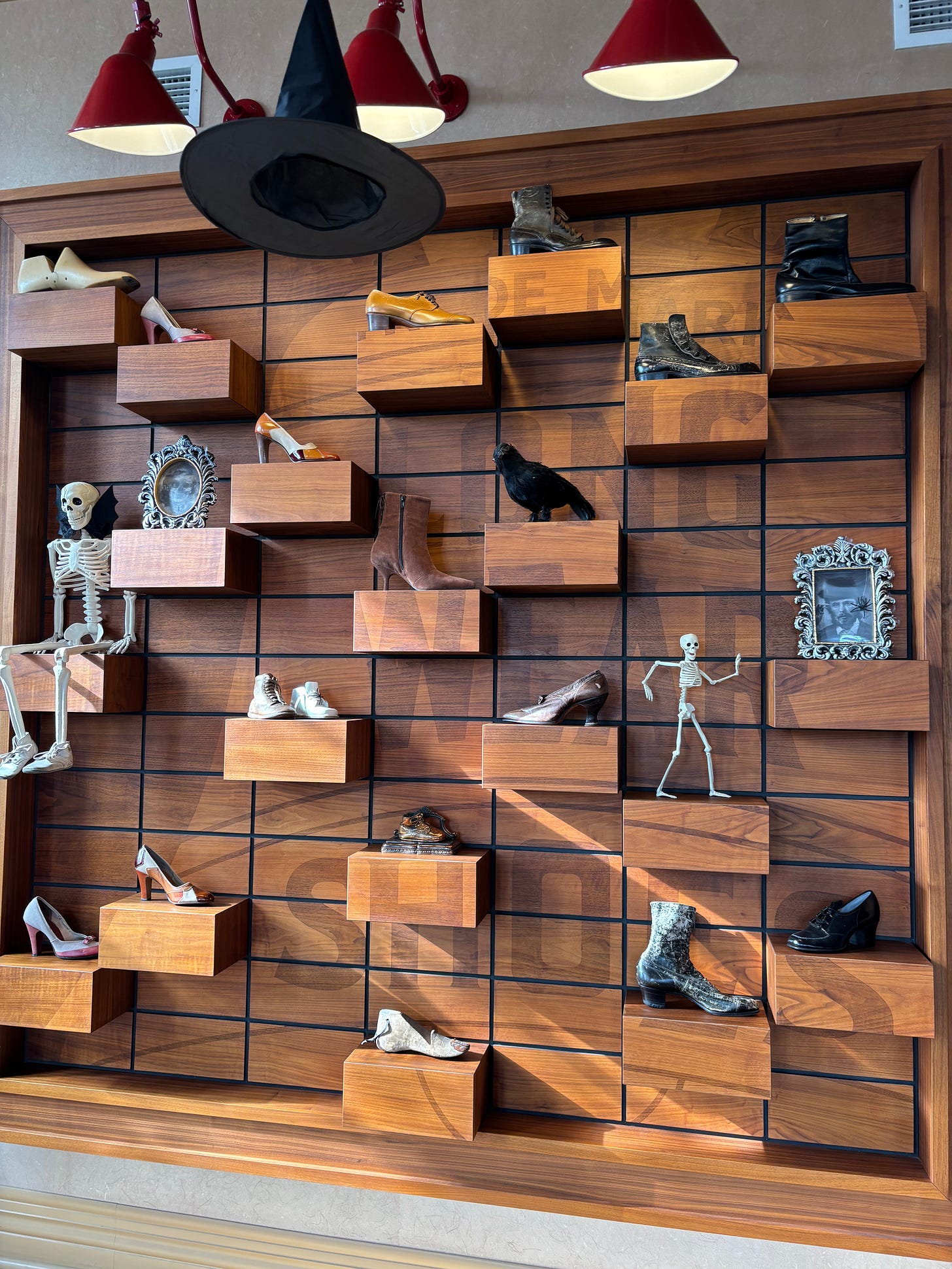
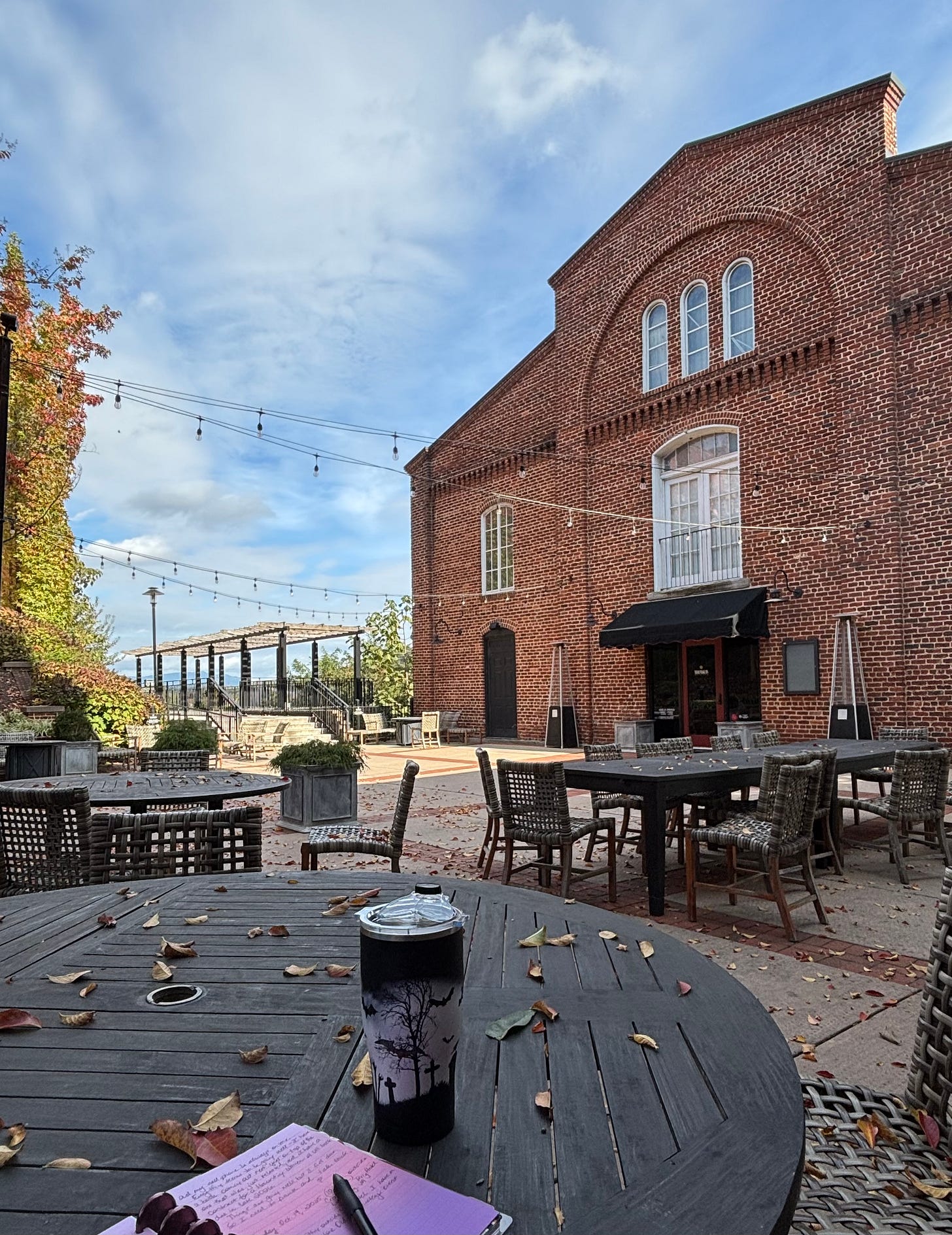
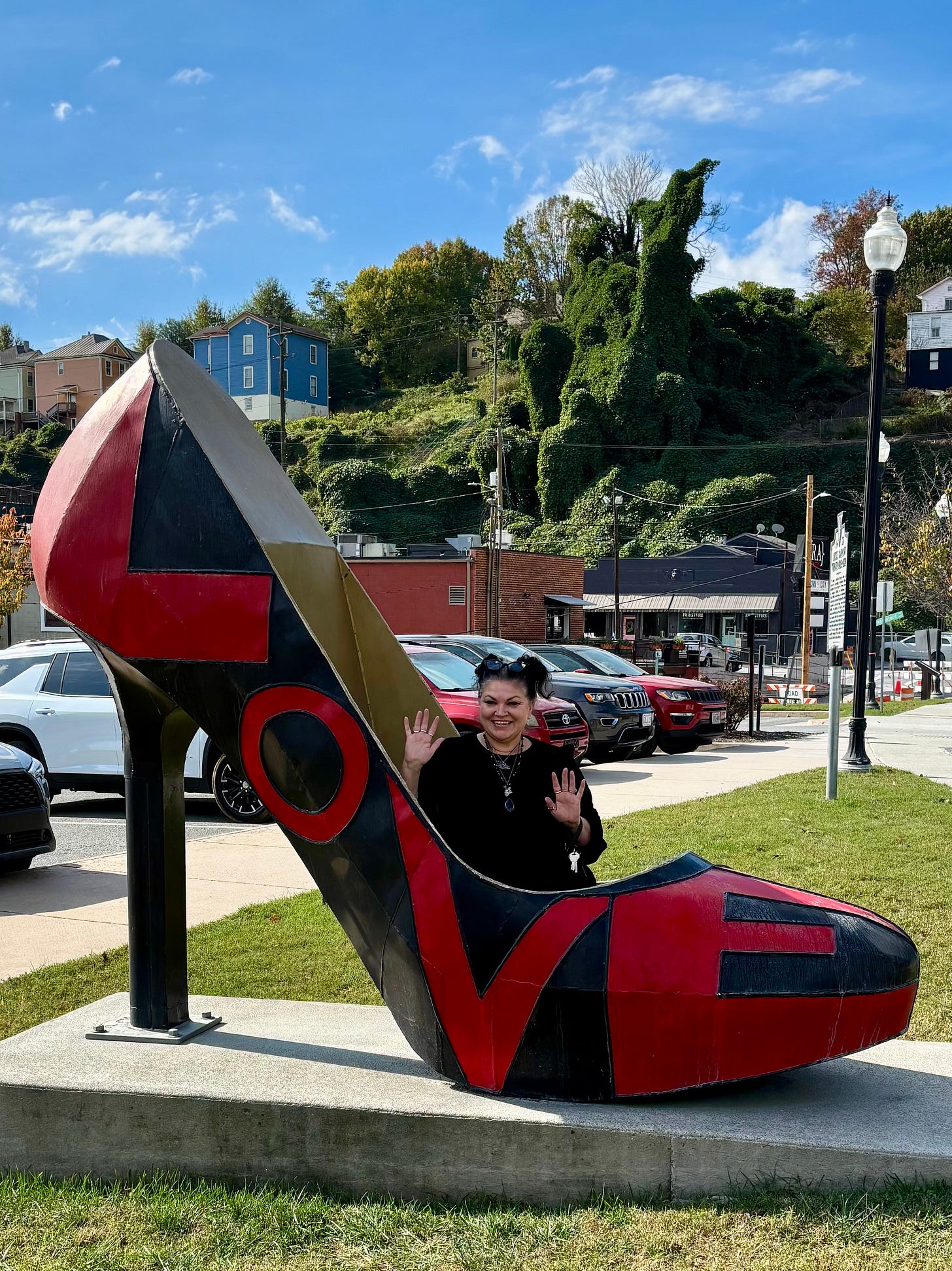
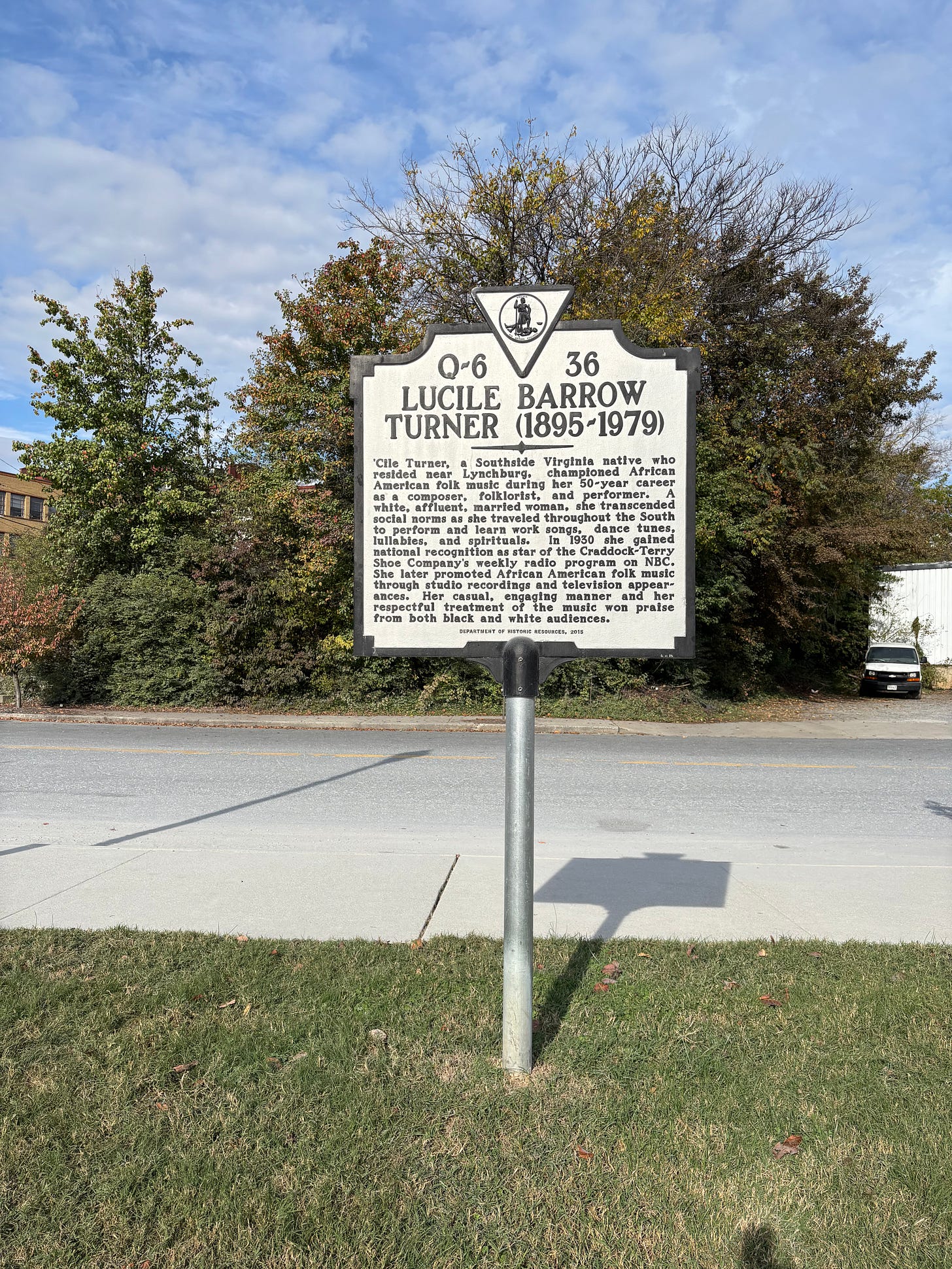
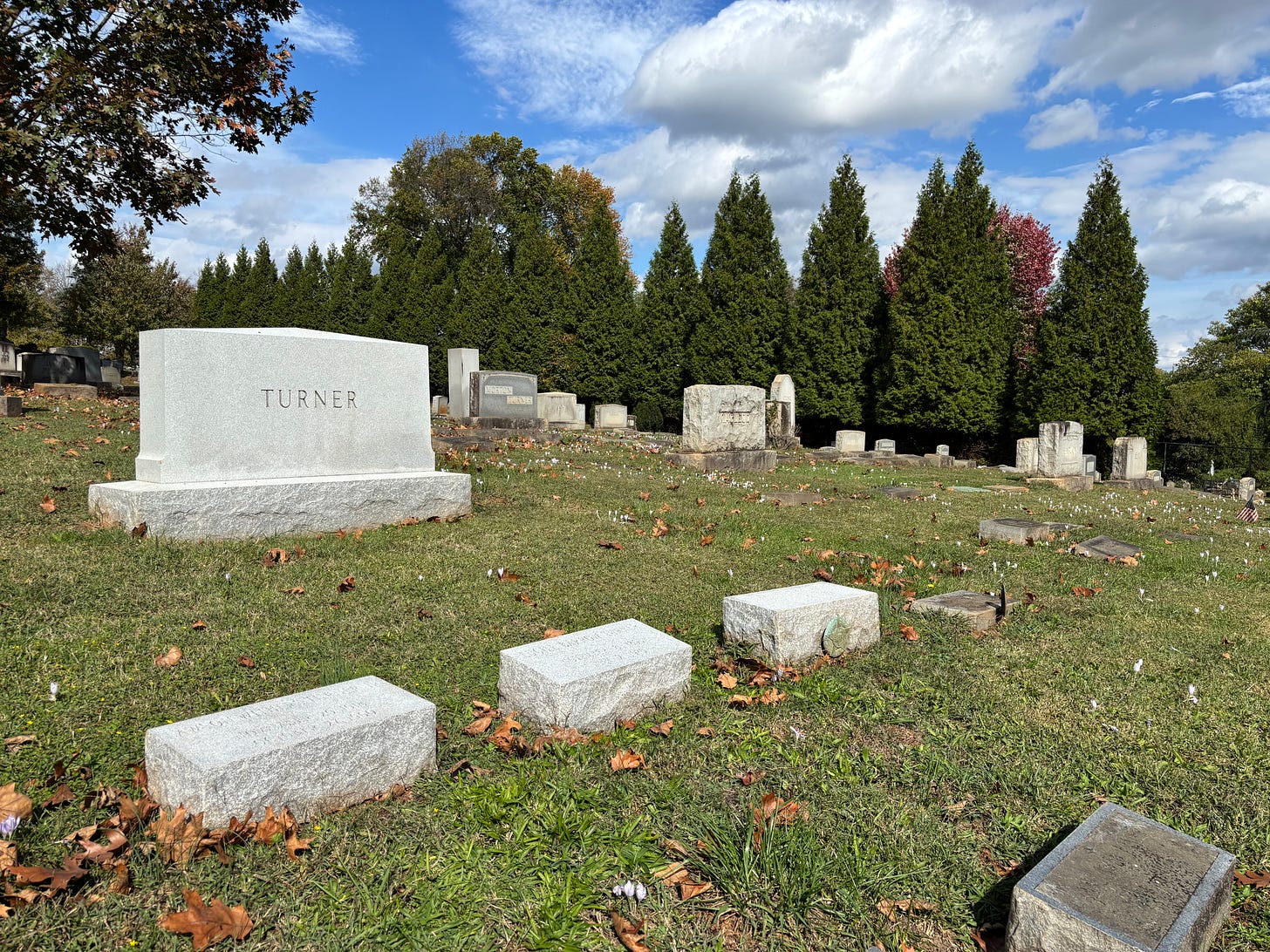





.jpg)